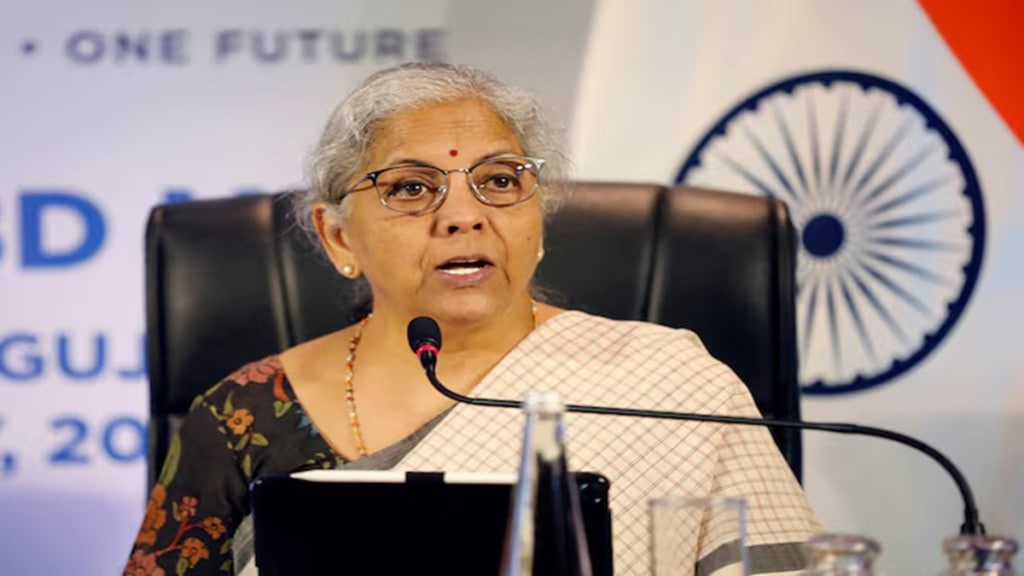India is willing to lift or ease import tariffs on certain goods if it does not hurt local manufacturing capacities, finance minister Nirmala Sitharaman said on Tuesday. The statement signalled the government’s thinking on how to deal with the threat of US president-elect Donald Trump to impede market access for Indian merchandise to the world’s largest economy by imposing tariffs of up to 20%.
“Intermediate goods are required to be imported. I will have to encourage that. I will lift the tariffs on them, provided it doesn’t have intended or unintended (adverse consequences) for the country’s own manufacturing capacity. I have to balance the two,” Sitharaman told a TV channel.
Trump during his first presidency too had talked about tariff increases for countries with which the US runs trade deficits, and taken some steps in that direction. But he adopted a transactional approach, and sought to gain market access for the US goods in return for not carrying out some of the tariff threats.
The government has a responsibility to protect the domestic manufacturing companies, the minister said, asking how can “we go about importing those goods (for which domestic manufacturing capacities are there), or those goods in broken down fashion and then reassemble them.”
“Do we have a moral authority to kill or nip in the bud, those who are growing in India and who can produce in India? she asked.
She said while India has been accused of being an abuser of the tariffs, but it is possible to explain every tariff that it has levied. “It’s not to control imports.”
The trade-weighted average import tariff rate for industrial goods in the US is just 2%. About 94% of US merchandise imports are industrial goods, and half of these have duty-free access to the country.
Around 18% of India’s merchandise shipments are to the US. India’s goods exports to the US hovered around $75 billion in the last three financial years.
In recent years, particuraly after 2018, India’s average most favoured nation tariffs (non-preferential route) inched up. From a level of 13%, it recahed over 18%, and has come down a bit from that level with the latest Budget cutting the rates of a clutch of tariff lines.
In 2023-24 total merchandise trade – exports and imports –between India and the US was $ 119 billion. India’s exports were $ 77.5 billion and imports $ 42.1 billion resulting in a surplus of $ 35 billion. Among the top 10 trading partners, the US is the only one with which India runs a trade surplus. Services exports to the US were about $ 36.3 billion in 2023.
The US could impose higher tariffs on Indian goods like automobiles, textiles, pharmaceuticals, and wines, which could make Indian exports less competitive, and impact forex gains, founder of Global Trade Research Initiative Ajay Srivastava said.
Either tariff concessions could be negotiated between India and the US or one could see retaliatory tariffs by India, setting off trade disputes. Something similar happened in 2018 when the earlier Trump administration raised duties on steel and aluminium for all countries including India. This prompted retaliatory duties and WTO disputes. Last year both sides ended all seven disputes at the WTO after negotiations.
In the run-up to the elections, Trump announced that he would be raising import duties to 20% across the board and putting a 60% duty on Chinese imports. On some products like electric vehicles he has talked of 100% duties. Trump has called India a “tariff king”.

